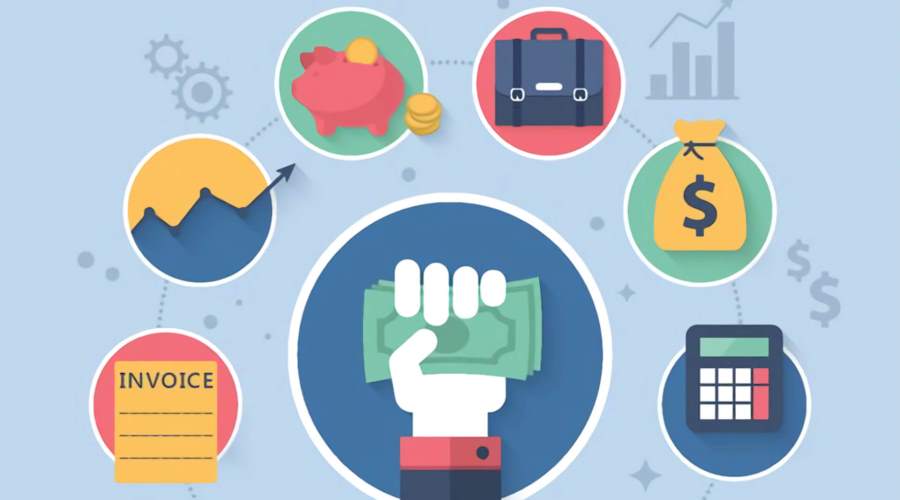There are many options for businesses looking to leverage money from future payments for goods and services, invoice financing is one of the best ways to finance future accounts receivables of an invoice.
Invoice financing helps businesses improve cash flow, pay employees and suppliers, and reinvest in operations and growth earlier than they could if they had to wait until their customers paid them.
Invoice financing is a general term used whenever a third party agrees to buy your unpaid invoices for a fee. Invoice financiers (lenders) can be a specialist independent company, part of a bank or other financial institution, or one or more individuals. Invoice financing allows companies to finance slow-paying accounts receivable.
How does Invoice Financing work?
Accounts receivables financing companies advance you cash collateralized by your business’s outstanding invoices—giving you an excellent way to put more money into your business right away. Businesses pay a percentage of the invoice amount to the lender as a fee for borrowing the money.
With invoice financing, a business could get a fast advance financing of about 85% of the value of your invoices, with most of the other 15% paid to you later. It’s the perfect solution to cover for late-paying customers or cash flow slowdowns.

Also Read: How To Get Business Loan in Nigeria: The Ultimate Guide.
Methods of Invoice Financing.
1. Invoice Factoring.
Invoice factoring is a form of invoice financing that allows companies to sell their accounts receivable to improve their working capital. This financing provides the business with immediate funds that can be used to pay for company expenses.
Factoring is easier to get than conventional financing because you are technically selling an asset rather than getting a loan. The most important requirement to qualify is to have invoices from creditworthy commercial clients. As a result, factoring is available to small businesses that don’t have substantial assets or a long credit history.
2. Invoice trading.
It’s similar to factoring, but invoice trading involves companies “selling” invoices to financiers. The key difference here is that invoice trading uses online platforms as a tool to allow businesses to bypass traditional financiers, and obtain finance from individual investors (or groups of investors) instead. The concept takes the principle of peer-to-peer lending and applies it to invoice finance.
3. Invoice Discounting.
With this route, the invoice financier won’t manage the company’s sales ledger or collect debts on the company’s behalf. Instead, the financier lends the company money against unpaid invoices – this is usually an agreed percentage of their total value. The company has to pay a pre-agreed fee for this service. The company is still responsible for collecting debts if it uses invoice discounting, but it can be arranged confidentially so customers won’t be aware.
In many ways, this form of financing is similar to a bank overdraft – the company has access to short-term cash when the company needs it and, for this, the company pays a facility fee.
Also Read: Top 10 Quick Online Loans And Lending Platforms In Nigeria.
Conclusion
Invoice financing can solve problems associated with customers taking a long time to pay and difficulties obtaining other types of business credit.
Invoice financing also benefits lenders because unlike extending a line of credit, which is unsecured and leaves little recourse if the business doesn’t repay what it borrows, invoices act as collateral for invoice financing.
Follow us on Twitter or visit our Facebook page for more small business resources like this.

